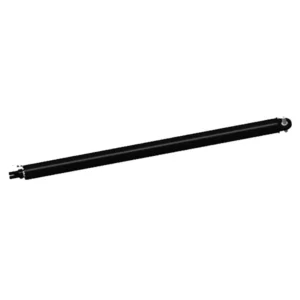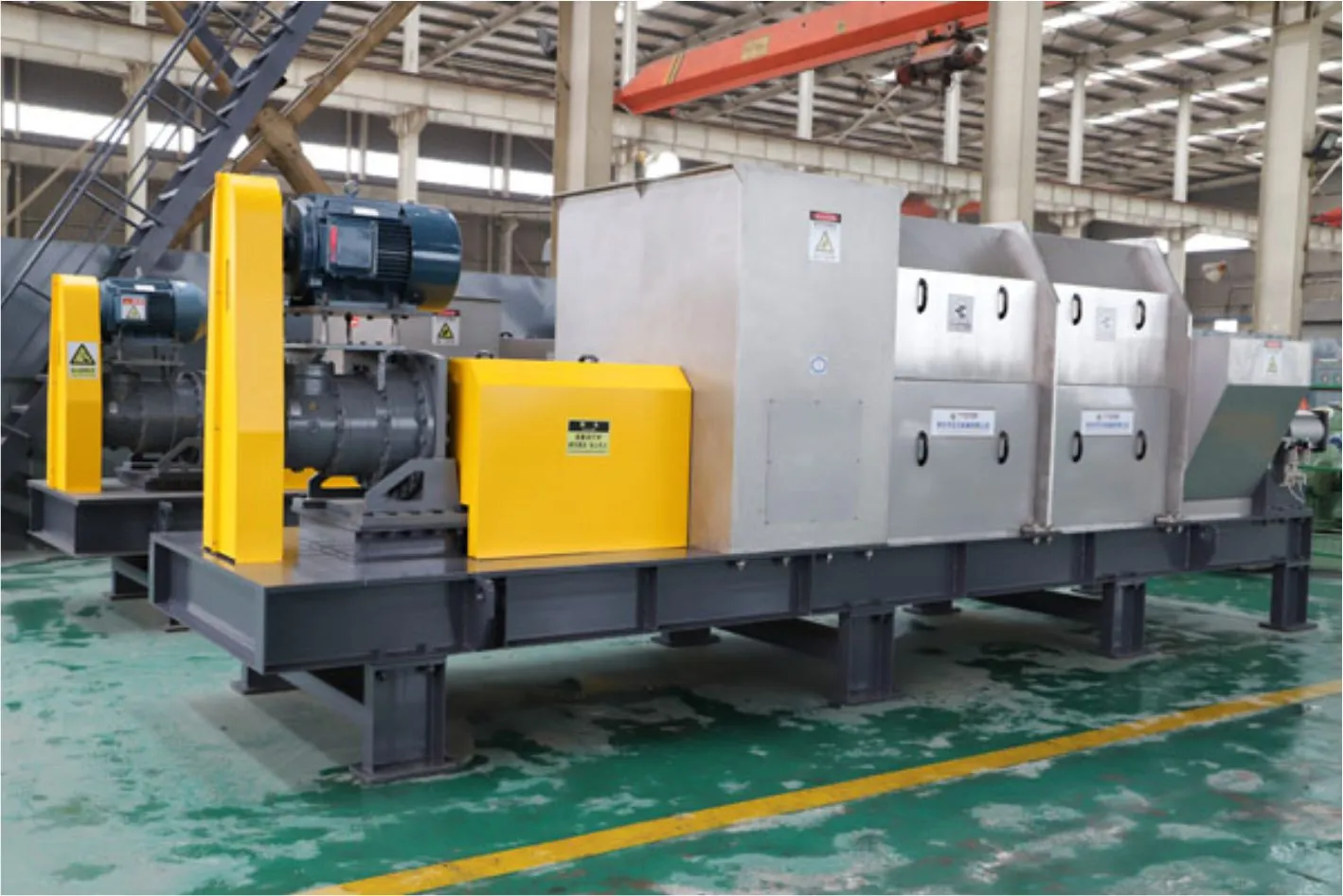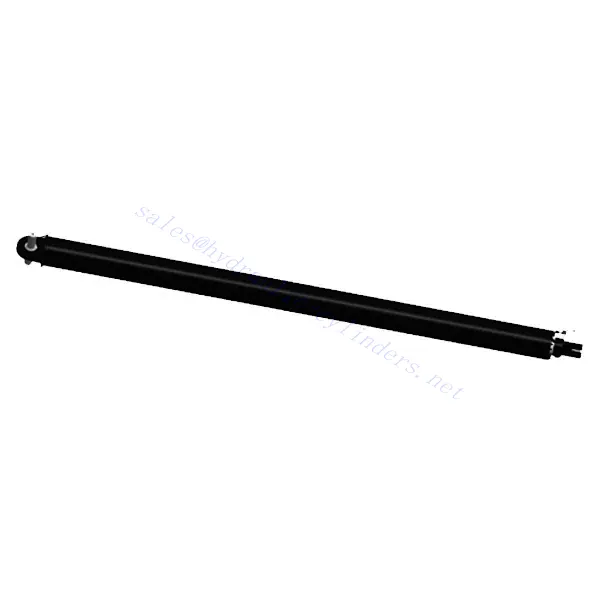Electric Furnace Mast Cylinder
Electric Furnace Mast Cylinder

The electric furnace mast cylinder is a cutting-edge product designed to enhance the performance and efficiency of industrial furnaces. With its advanced features and robust construction, this cylinder offers precise control and reliable operation for raising and lowering furnace masts.
The electric furnace mast cylinder is a reliable and efficient solution for raising and lowering furnace masts in industrial settings. Its robust construction, high lifting capacity, precise control, and electric actuation offer improved material handling, streamlined workflow, and enhanced productivity. You can ensure optimal performance and longevity by following the recommended usage methods and maintenance practices. Incorporate the electric furnace mast cylinder into your industrial furnace operations to experience the benefits of precise control and efficient mast adjustments.
Electric Furnace Mast Cylinder Key Characteristics:
- 坚固的结构
- The electric furnace mast cylinder is built with high-quality materials, ensuring durability and longevity even in harsh industrial environments.
- Its robust construction allows it to withstand heavy loads and maintain optimal performance over time.
- High Lifting Capacity:
- This cylinder boasts a high lifting capacity, making it suitable for raising and lowering furnace masts effortlessly.
- Its impressive lifting power enables efficient material handling and improves overall workflow efficiency.
- Precise Control:
- The electric furnace mast cylinder offers precise positioning control, allowing for accurate adjustment of furnace mast height.
- Its advanced control system ensures smooth and controlled movements, minimizing errors and optimizing operational efficiency.
- Electric Actuation:
- Operating on electric power, this cylinder eliminates the need for manual lifting or complex hydraulic systems.
- The electric actuation provides convenience, speed, and precise control, streamlining furnace operations and reducing downtime.
Electric Furnace Mast Cylinder Parameter:
| Product Name | Electric Furnace Mast Cylinder |
| Bore diameter: | 300mm |
| Rod diameter: | 230mm |
| Pressure: | 14MPa |
| Thrust force: | Maximum 581KN |
| Electric Furnace Mast Cylinder Applications: | Electric Furnace |
Electric Furnace Cylinder Factory:

Usage Method Of Electric Furnace Mast Cylinder:
- Installation:
- Mount the electric furnace mast cylinder securely onto the furnace structure, following the manufacturer’s guidelines.
- Ensure proper alignment and attachment to maintain stability and safety during operation.
- Electrical Connection:
- Connect the electric furnace mast cylinder to the power supply, adhering to electrical codes and safety regulations.
- Ensure all electrical connections are secure and insulated to prevent hazards or malfunctions.
- Lifting and Lowering:
- Activate the electric furnace mast cylinder using the designated control panel or switch for mast operations.
- The cylinder will smoothly and precisely raise or lower the furnace mast according to your requirements.
- Monitor the lifting and lowering process closely to accurately achieve the desired height or position.
- Integration with Control Systems:
- Seamlessly integrate the electric furnace mast cylinder into existing furnace control systems for synchronized operation.
- Consult a qualified technician or refer to the manufacturer’s guidelines for proper integration and compatibility.
How To Bleed Double Acting Hydraulic Cylinder?
Bleeding a double-acting hydraulic cylinder is an important maintenance procedure to remove air from the system and ensure smooth and efficient operation. Here are the steps to bleed a double-acting hydraulic cylinder:
- Preparation:
- Ensure that the hydraulic system is turned off and the pressure is relieved.
- Put on appropriate personal protective equipment, such as gloves and safety glasses, to protect yourself from any potential hydraulic fluid spills.
- Locate Bleed Points:
- Identify the bleed points on the hydraulic cylinder. These are typically located near the cylinder’s rod end and cap end.
- Some hydraulic cylinders have dedicated bleed ports, while others may require loosening specific fittings to bleed the air.
- Position the Cylinder:
- Move the hydraulic cylinder to its fully retracted position by retracting the rod fully into the cylinder.
- This ensures that the air bubbles are forced toward the bleed points, making them easier to remove.
- Loosen Bleed Fittings:
- Loosen the bleed fittings or ports on both the rod end and cap end of the cylinder.
- Start by loosening the fitting on the rod end first, followed by the fitting on the cap end.
- Apply Hydraulic Pressure:
- Turn on the hydraulic power unit or activate the hydraulic pump to pressurize the system.
- Gradually increase the hydraulic pressure to a level sufficient to force the trapped air out of the cylinder.
- Bleed the Air:
- As the hydraulic pressure builds up, air bubbles are escaping from the bleed fittings or ports.
- Allow the hydraulic fluid to flow freely until all the air is purged.
- It is essential to ensure a steady flow of hydraulic fluid without air bubbles.
- Tighten Bleed Fittings:
- Once the air is wholly bled from the system, securely tighten the bleed fittings or ports.
- Ensure they are tightened to the manufacturer’s recommended torque specifications to prevent leaks.
- Test the Cylinder:
- Turn off the hydraulic power unit or deactivate the hydraulic pump.
- Cycle the hydraulic cylinder through its full range of motion to ensure smooth operation without any air-related issues.
- Attention to abnormal noises or vibrations that may indicate further problems in air or hydraulic systems.
- Check for Leaks:
- Inspect the bleed fittings, hydraulic connections, and other components for any signs of leaks.
- If you notice any leaks, address them promptly by tightening fittings or replacing damaged components.
工厂的能力和产能:
(1) 装配
我们拥有一流的自主研发装配平台。液压油缸生产车间拥有 4 条半自动提升油缸装配线和 1 条全自动倾斜油缸装配线,设计年生产能力 100 万支。特种油缸车间配备了各种规格的半自动清洗装配系统,设计年生产能力 20 万只,并配备了知名数控加工设备、加工中心、高精度油缸加工专用设备、机器人焊接机、自动清洗机、油缸自动装配机、自动喷漆生产线等。现有关键设备 300 多台(套)。设备资源的优化配置和高效利用,保证了产品的精度要求,满足了产品的高质量需求。


(2) 机加工
加工车间配备了定制的斜轨车削中心、加工中心、高速珩磨机、焊接机器人及其他相关设备,可加工最大内径 400 毫米、最大长度 6 米的气缸管。

(3) 焊接

(4) 油漆和涂料
配备中小型圆筒自动水性漆喷涂线,实现机器人自动上下料和自动喷涂,设计产能为每班 4000 件;
我们还拥有一条由动力链驱动的大型油缸半自动喷漆生产线,设计产能为每班 60 箱。


(5) 测试
我们拥有一流的检验设施和试验台,确保气缸的性能符合要求。

We are one of the best hydraulic cylinder manufacturers. We can offer comprehensive hydraulic cylinders. We also provide corresponding 农用齿轮箱. We have exported our products to clients worldwide and earned a good reputation because of our superior product quality and after-sales service. We welcome customers at home and abroad to contact us to negotiate business, exchange information, and 与我们合作!
参观我们的 VR 工厂
通过以下方式参观我们的 VR 工厂
液压缸应用:


